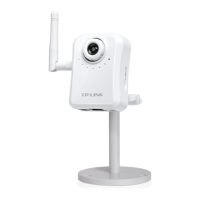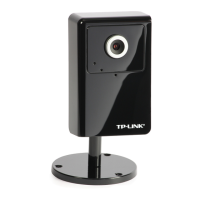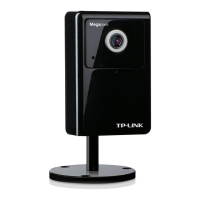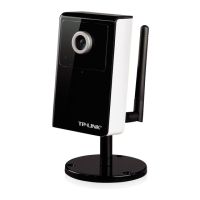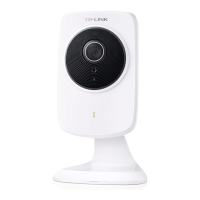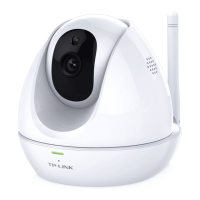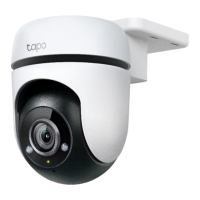22
6.1.3 DDNS service
DDNS: Stands for Dynamic Domain Name Server
Your Internet Service Provider (ISP) provides you at least one IP address which you use to
connect to the Internet. The address you get may be static, meaning it never changes, or
dynamic, meaning it’s likely to change periodically. Just how often it changes, depends on your
ISP. A dynamic IP address complicates remote access since you may not know what your current
WAN IP address is when you want to access your camera over the Internet. One of the possible
solutions to the dynamic IP address problem comes in the form of a dynamic DNS service.
A dynamic DNS service is unique because it provides a means of updating your IP address so
that your listing will remain current when your IP address changes. There are several excellent
DDNS services available on the Internet. One such service you can use is www.DynDNS.org.
You’ll need to register with the service and set up the domain name of your choice to begin using
it. Please refer to the home page of the service for detailed instructions or refer to Appendix G for
more information.
If your camera is connected to xDSL directly, you might need this feature. However, if your
camera is behind a NAT router, you will not need to enable this feature because your NAT router
should take care of this job. As to xDSL environment, most of the users will use dynamic IP
addresses. If users want to set up a web or a FTP server, then the Dynamic Domain Name
Server is necessary.
¾ DDNS: To enable or disable the DDNS service here.
¾ Server name: Choose one of the built-in DDNS servers.
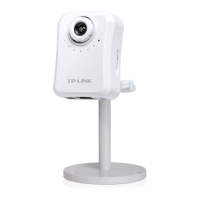
